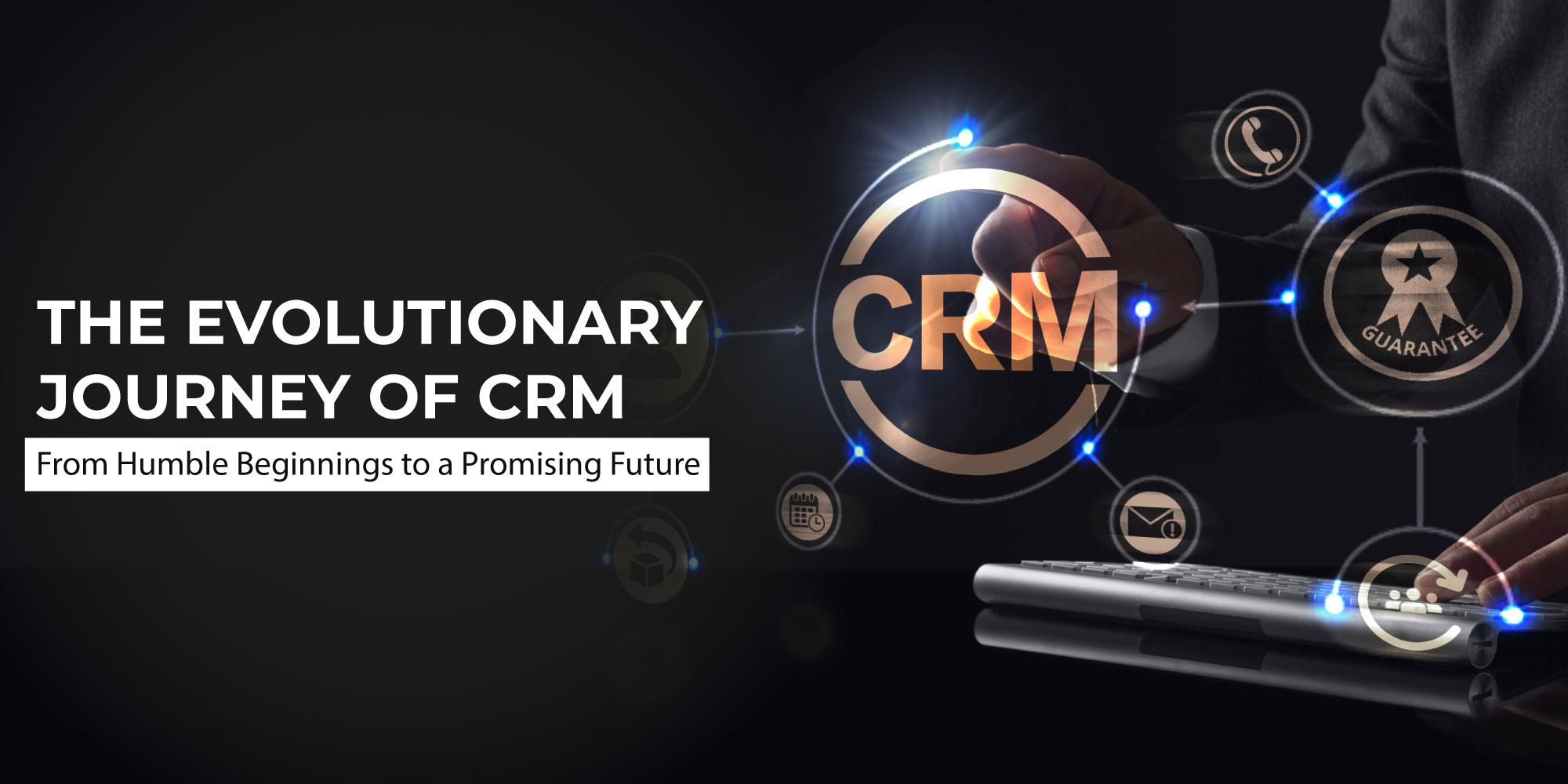Welcome to our blog on the evolutionary journey of CRM! In this post, we’ll delve into the history of CRM, tracing its roots from its early beginnings to the present state and exploring its promising future. Join us as we unravel how businesses have transformed their interactions with customers and discover the exciting future of CRM. Let’s embark on this journey together!
Introduction:
Customer Relationship Management (CRM) has become an integral part of modern business strategies, revolutionizing how companies interact with their customers. It’s a powerful tool that helps organizations build and maintain lasting relationships with their customer base.
What is CRM:
At its core, CRM stands for Customer Relationship Management. It refers to a set of strategies, practices, and technologies that enable businesses to effectively manage interactions and relationships with their customers. CRM systems provide a centralized hub for collecting and analyzing customer data, facilitating better communication, personalized experiences, and enhanced customer satisfaction.
Early Beginnings:
The concept of CRM can be traced back to the 1980s when technology started playing a more significant role in business operations. However, its roots can be found even further back in history when businesses began recognizing the value of establishing personal connections with their customers. Let’s explore some key milestones:
a. Foundational Concepts: In the 1980s, early CRM systems focused on automating sales force processes and managing customer data. One of the pioneers in this field was Siebel Systems, founded by Thomas Siebel in 1993, which created the first widely recognized CRM software.
b. Rise of Contact Management: In the 1990s, contact management software gained popularity, offering features like storing customer information, managing sales pipelines, and scheduling tasks. ACT! by Pat Sullivan and Mike Muhney, released in 1986, became one of the leading contact management solutions.
c. Expansion into Marketing and Service: During the 1990s and early 2000s, CRM expanded to encompass marketing automation and customer service. Companies like Oracle and Salesforce made significant contributions to the evolution of CRM by developing comprehensive platforms that integrated sales, marketing, and customer service functionalities.
d. Emergence of Cloud-Based CRM: The advent of cloud computing in the late 2000s paved the way for cloud-based CRM solutions. Salesforce, with its innovative cloud-based platform, disrupted the CRM market and became a major player, providing scalability, accessibility, and cost-effectiveness to businesses of all sizes.
The Present of CRM and Future of CRM:
The present state of CRM is characterized by advanced features and capabilities that empower businesses to deliver exceptional customer experiences. Key trends shaping the CRM landscape include:
a. Artificial Intelligence (AI) and Machine Learning (ML): AI and ML technologies are transforming CRM by enabling predictive analytics, sentiment analysis, chatbots, and personalized recommendations. These intelligent systems enhance customer engagement and provide valuable insights for informed decision-making.
b. Omnichannel Integration: Customers now interact with businesses through various channels, such as social media, email, live chat, and phone. Modern CRM systems offer omnichannel integration, ensuring consistent and seamless customer experiences across multiple touchpoints.
c. Customer Data Security and Privacy: With growing concerns about data security and privacy, CRM systems are increasingly focusing on robust security measures and compliance with data protection regulations like GDPR and CCPA. Trust and transparency in data handling are paramount.
Looking to the future, CRM is poised for further advancements:
a. Hyper-Personalization: CRM will continue to leverage AI and ML to deliver hyper-personalized experiences, allowing businesses to anticipate customer needs and preferences at an individual level.
b. Integration with Emerging Technologies: CRM will integrate with emerging technologies like the Internet of Things (IoT), blockchain, and augmented reality (AR), providing innovative ways to engage with customers and gather valuable data.
Conclusion:
CRM has come a long way since its humble beginnings, and it is poised for even greater advancement in the years to come. As businesses continue to adopt AI and ML technologies, CRM will become even more powerful and sophisticated. This will allow businesses to deliver hyper-personalized experiences to their customers, ultimately leading to increased customer satisfaction and loyalty.
We hope you enjoyed this journey through the evolution of CRM. If you’re interested in exploring more insightful topics, feel free to visit our blog. Let’s continue to embrace the exciting possibilities that CRM brings to the world of business.

 Linkedin
Linkedin


